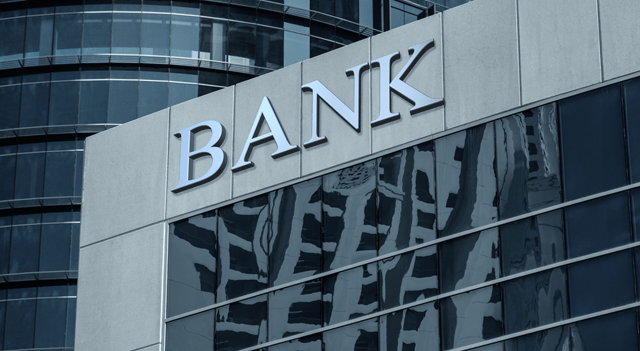Shares of major U.S. banks advanced on Monday following the release of the Federal Reserve’s latest stress test results, which market analysts view as a turning point toward a more stable and transparent regulatory environment.
Before markets opened, several top financial institutions posted gains: Goldman Sachs (NYSE:GS) rose 2.4%, JPMorgan Chase (NYSE:JPM) added 0.6%, Wells Fargo (NYSE:WFC) climbed 2%, Bank of America (NYSE:BAC) moved up 1%, and both Morgan Stanley (NYSE:MS) and Citigroup (NYSE:C) were up around 0.4%.
According to a note from Wells Fargo, the outcome of this year’s stress test marks a “clear shift” in the tone of bank oversight—indicating reduced volatility, fewer regulatory burdens, and improved clarity in how banks are evaluated.
The analysts spotlighted Goldman Sachs (NYSE:GS) as one of the top performers in the test, benefiting from adjustments in the Federal Reserve’s testing methodology, such as reduced projections for loan and private equity losses and diminished global market shock scenarios. This helped the investment bank gain a notable edge, even overtaking Morgan Stanley (NYSE:MS) in terms of its estimated stress capital buffer (SCB).
Other banks singled out as winners include JPMorgan (NYSE:JPM), Bank of America (NYSE:BAC), M&T Bank (NYSE:MTB), and Citigroup (NYSE:C)—with the latter named as Wells Fargo’s “top overall pick.”
Revised rules around hedging and the exclusion of non-recurring expenses also contributed to more favorable capital outcomes for many banks. Wells Fargo estimates that these regulatory refinements could unlock approximately $100 billion in capital over the next two years—split evenly between 2026 and 2027.
This surplus could fuel a wide range of activities, including up to $1 trillion in additional lending, as well as increased potential for M&A activity and share buybacks. Wells Fargo noted that JPMorgan (NYSE:JPM), Goldman Sachs (NYSE:GS), Citigroup (NYSE:C), and Bank of America (NYSE:BAC) are best positioned to capitalize on this additional capital headroom.
Among regional banks, M&T Bank (NYSE:MTB) stood out for opting into the 2025 test cycle, which resulted in a lower SCB. In contrast, Fifth Third (NASDAQ:FITB) and KeyCorp (NYSE:KEY) chose to opt out and saw no similar advantage—an approach analysts described as unusual.
Although there are still some complexities to iron out, the overall sentiment from the test results was upbeat. Wells Fargo emphasized that, had the assumptions been as extreme as those used during the 2008 global financial crisis, banks’ capital ratios today would likely be 200 basis points higher, underscoring their current financial strength.
